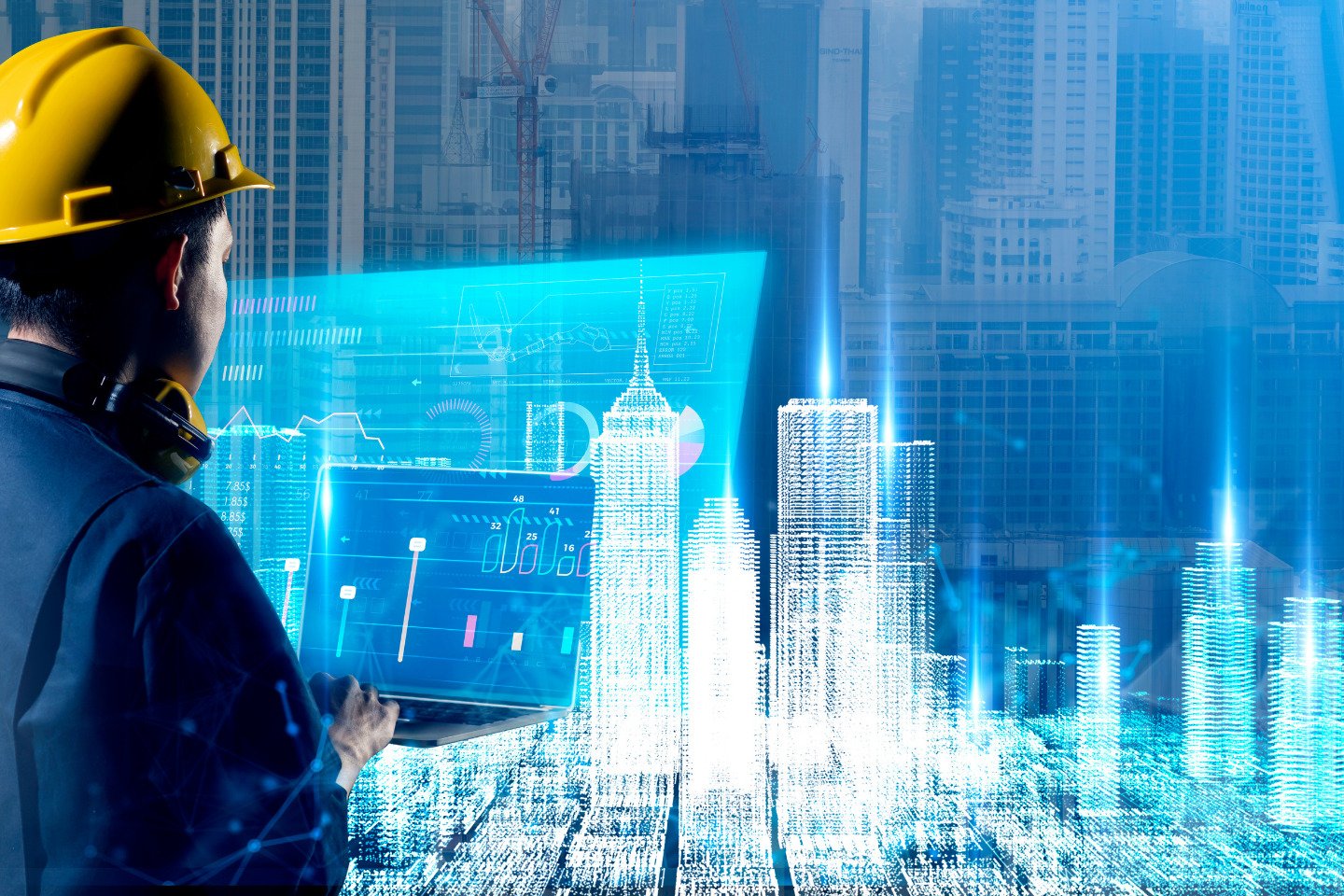Mixed Reality (AR&VR) along with Digital twin in Manufacturing?
Teleportation devices have been a prominent theme in science fiction movies; they are gadgets that can take you to locations all around the planet instantly, allowing you to stay in the comfort of your home. The Fourth Industrial Revolution has made this possible through massive digitization, presenting us with virtual reality (VR), augmented reality (AR), and mixed reality (MR). Virtual reality (VR) Provides users with a similar experience by teleporting their senses to an immersive reality entirely through the use of headgear in the comfort of their homes, setting a reality of their choice, Augmented reality (AR) is an extraordinary form of immersive reality, achieved by wearing a pair of glasses that provides the user with relevant and supplemental information about the real world in digital form in from of them. Mixed Reality (MR) is a combination of both Virtual Reality and Augmented Reality, with the added feature of allowing users to control and interact with the digital world.
Immersive technology is outstanding as it is taking the manufacturing industry to a whole new level, from establishing the product to the distribution process
Advantages of digital twin integrated with Mixed reality
Sharper Prototypes
Every business requires a product or service to function, and it takes a significant amount of time and effort to develop and maintain them. Manufacturers strive to create the most ideal product possible that is also consumer-friendly. Mixed reality integrated with digital twin technology allows engineers and product designers to build a virtual prototype with the help of both digital twin and mixed reality technology to assist them in interacting with the twin and making essential changes with simple hand motions, Simplifying the digital twin and making it less complicated and more efficient results in sharper products, which are beneficial for the company in the long run.
Enhanced training facilities
Companies train their employees in advance to ensure they have sufficient control over their tasks and that errors are kept to a minimum. Manufacturers use a large number of raw materials during the training phase to achieve maximum efficiency and ensure the quality of their work. Training facilities typically include a trainer, video presentations, and a physical component where participants are tested on their ability to perform the task. Mixed reality glasses, along with digital twin technology, enhance the training facilities of the manufacturing industries by not only creating a virtual twin of the product or the plant that the employee will work on but also giving them the ability to simulate real-world scenarios to act and apply his training for practical use improving the quality of training provided.
Effective Operations
Manufacturers closely and meticulously monitor the production lines to maintain the flow without disrupting the process; this constant monitoring provides businesses with important insights into their operations by analyzing every aspect, from working with the raw material to getting the final product as smoothly as possible. Digital twins combined with mixed reality immersive technology have a positive impact on the entire operational process, providing instant, real-time data to make immediate modifications to identify any flaws detected in the early stages which could potentially lead to a larger issue damaging the goodwill of the company. Thus, making operations more effective and resilient.
Boosts Adaptability
Maintenance and operation are critical components for any manufacturing division of a company that wants to stay in business for the long haul. If any repairs are required for the machine, the maintenance team usually has to disassemble the entire machine to locate the fault, which disrupts the entire production system, resulting in a loss of time and money. Mixed reality technology, including digital twins, gives the supervisory team access to the appliance at any time, providing them with information about the fault and its exact location without having to dismantle the machine. The MR glasses project a virtual, digital replica of the machine, complete with all its components, which can be interacted with using simple motions to make the necessary corrections and enable the engineers to adapt to the situation.
Stay ahead of innovation with Altrusia’s Global Summits on Conversational AI, Digital Twin, and Smart Manufacturing—where leaders meet, ideas grow, and industries transform.



